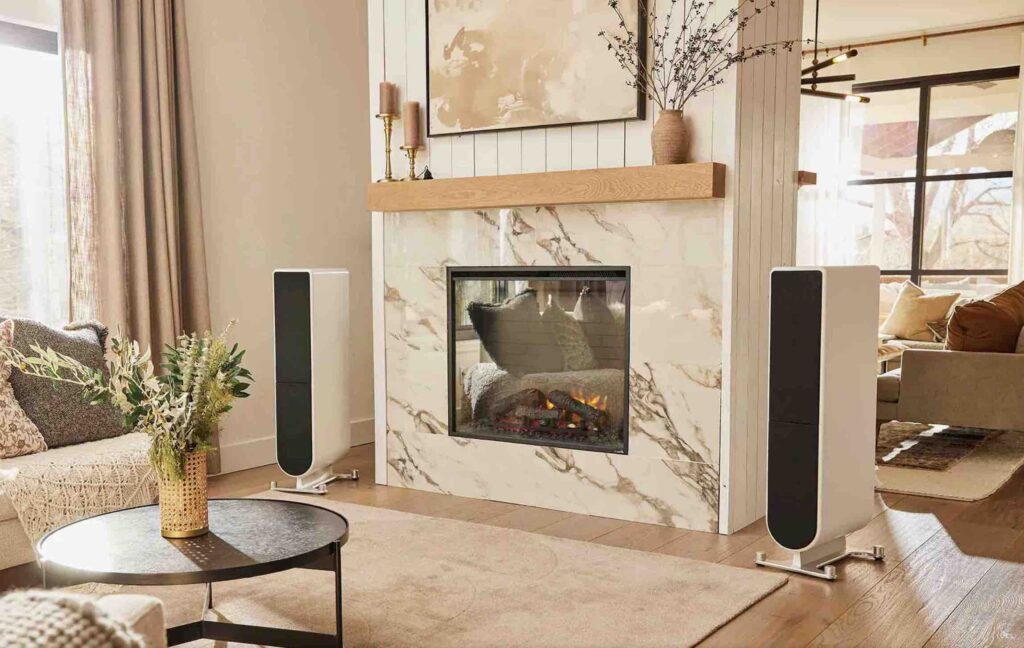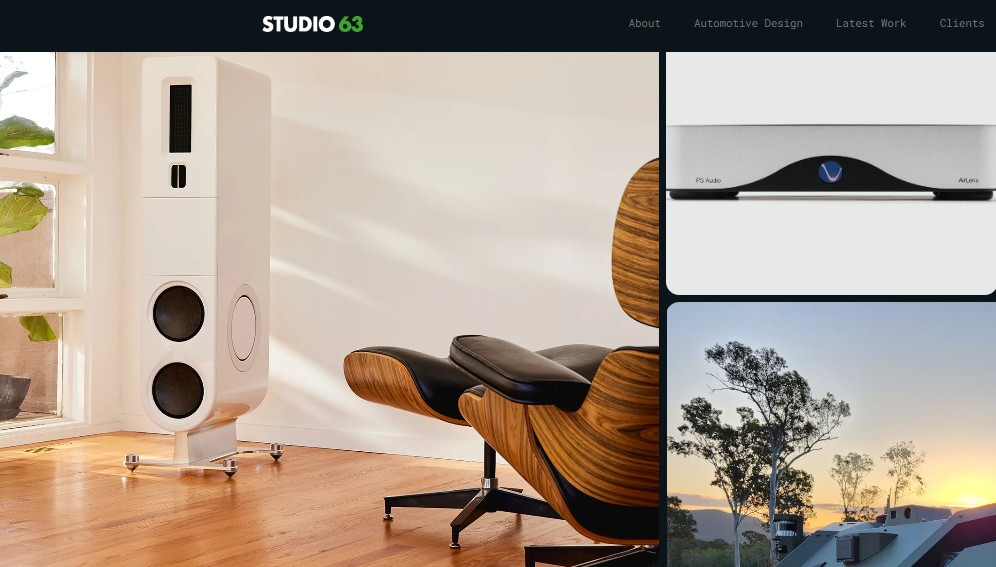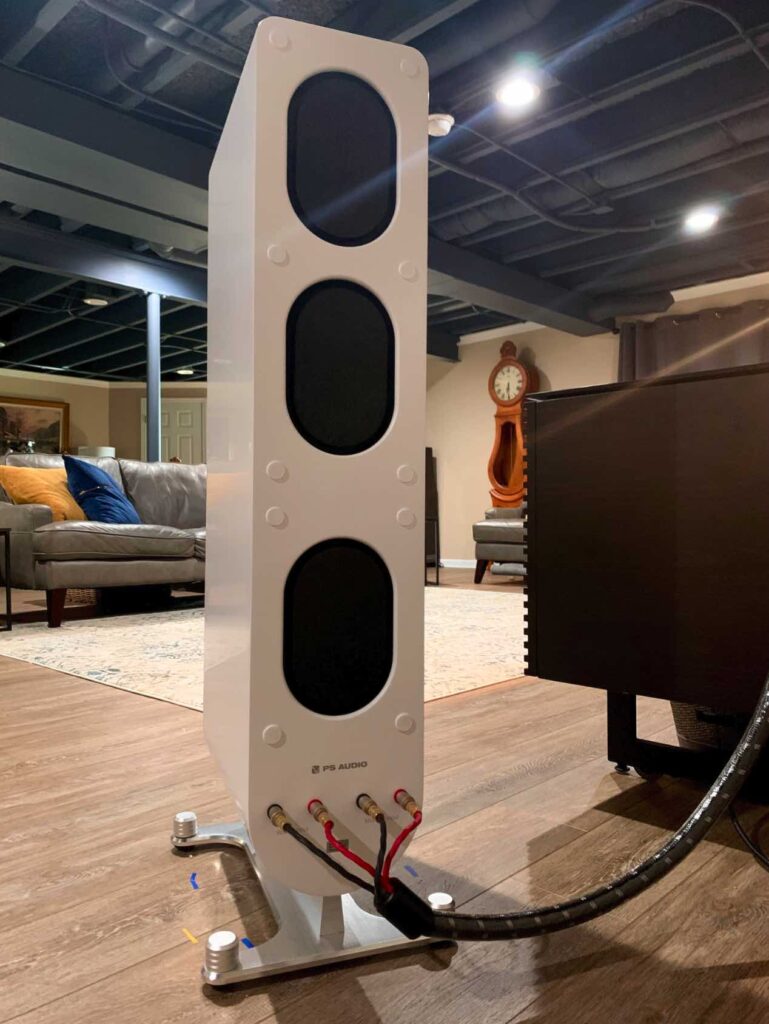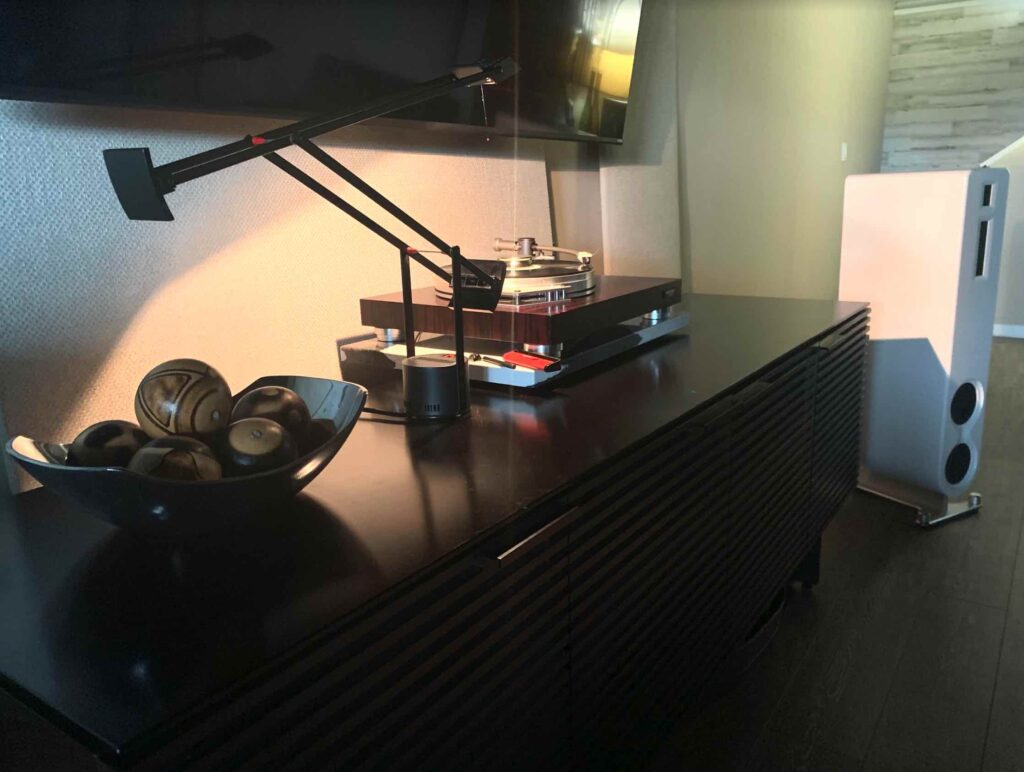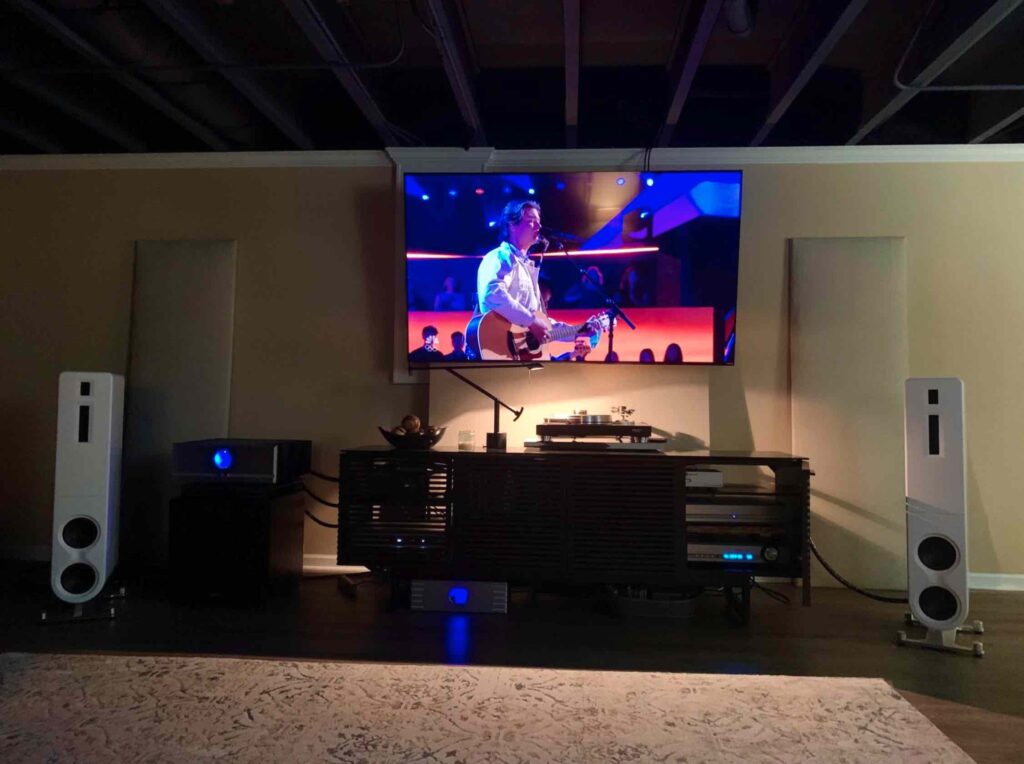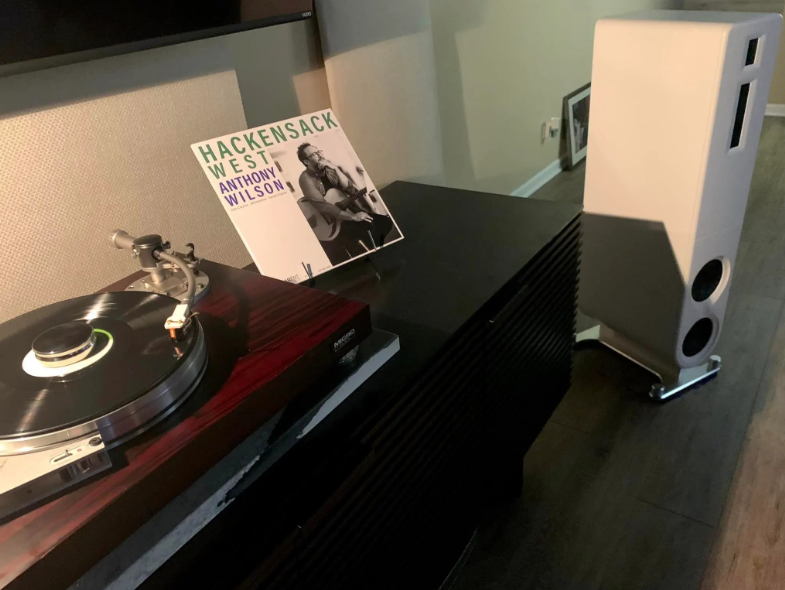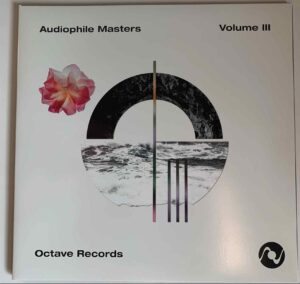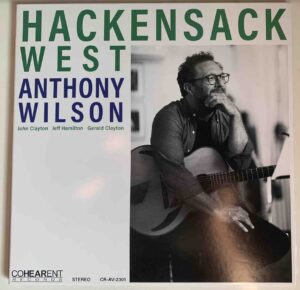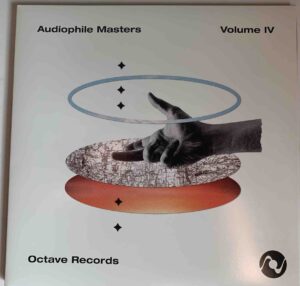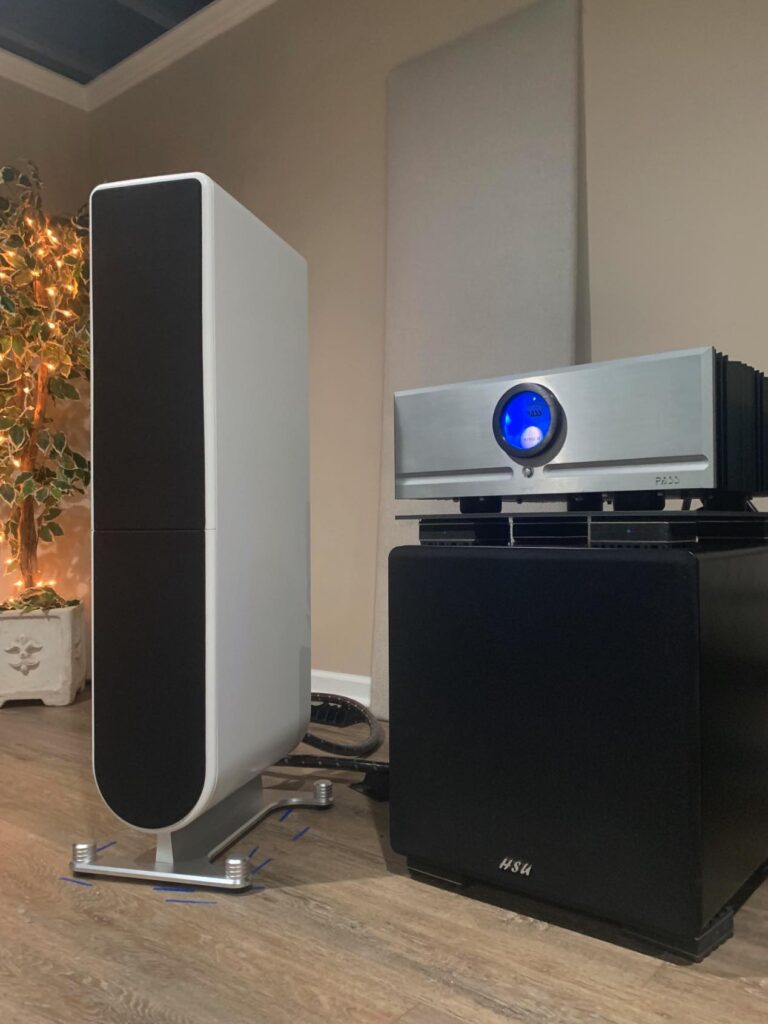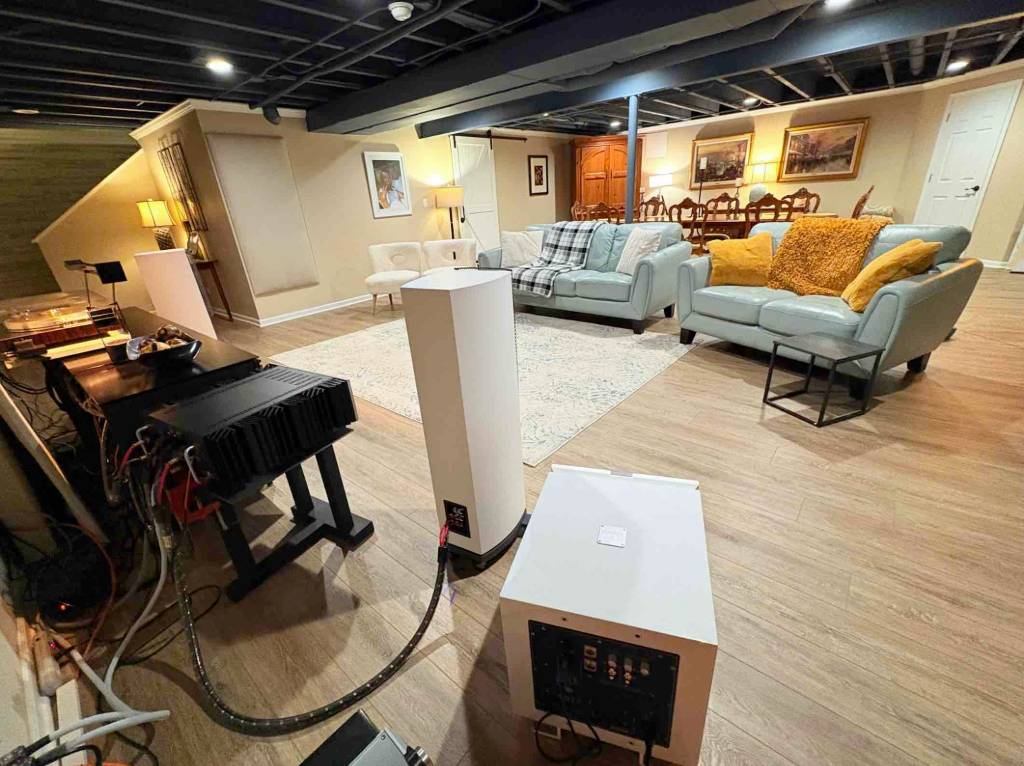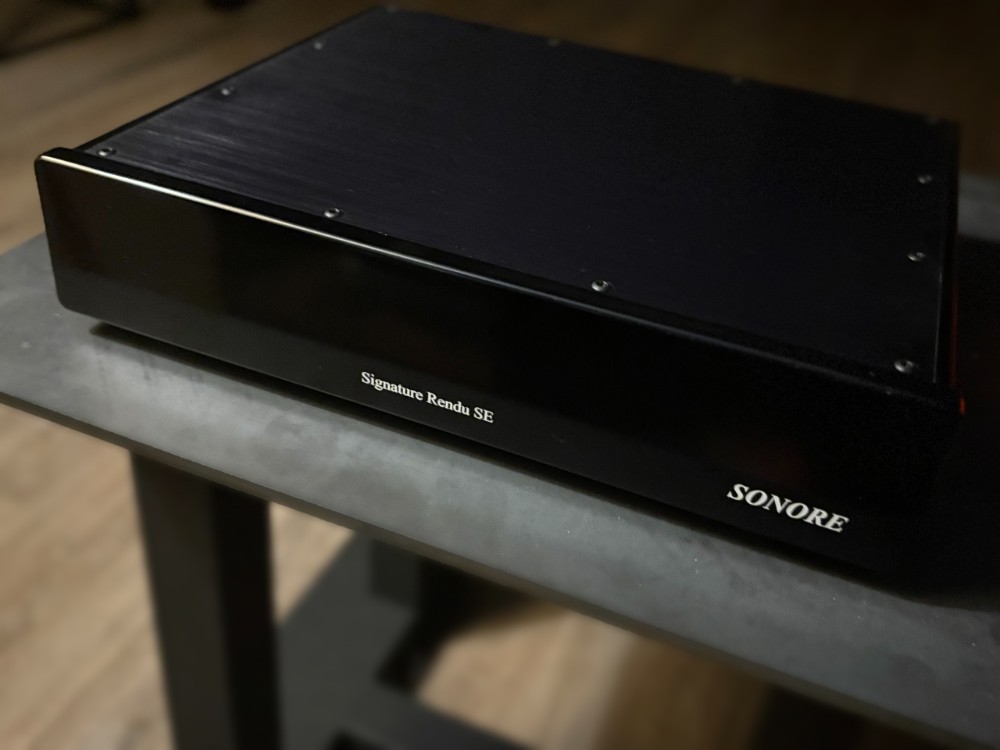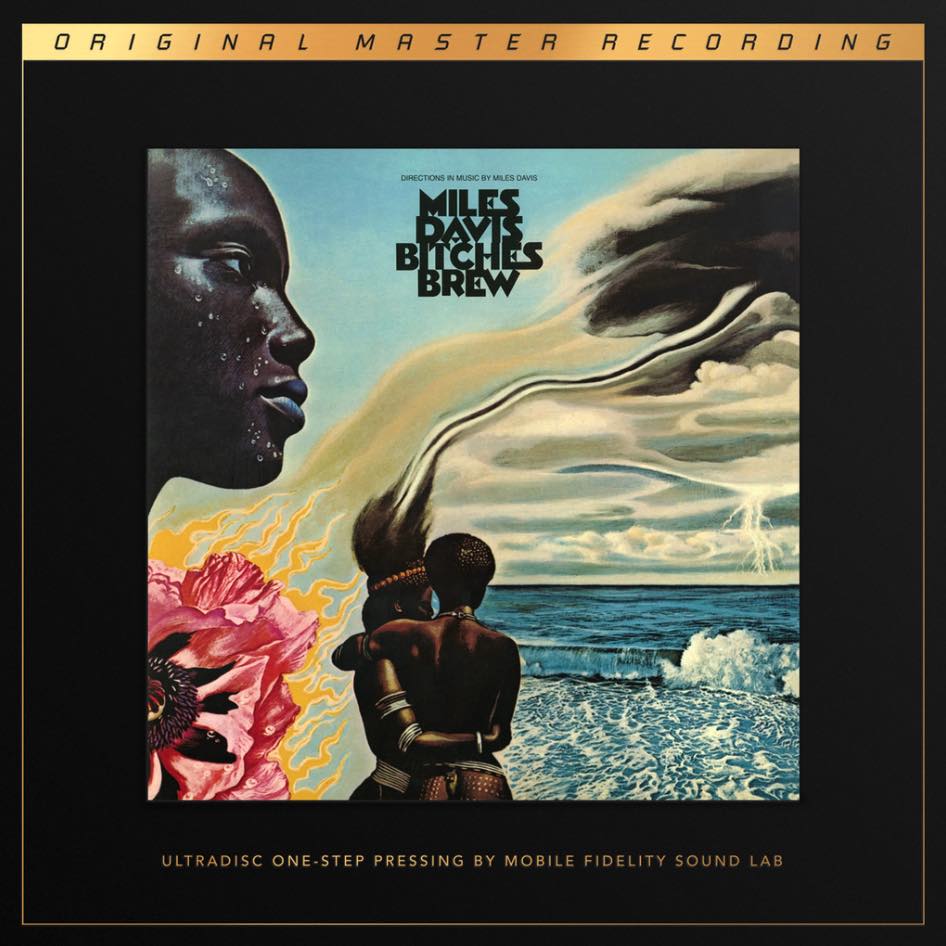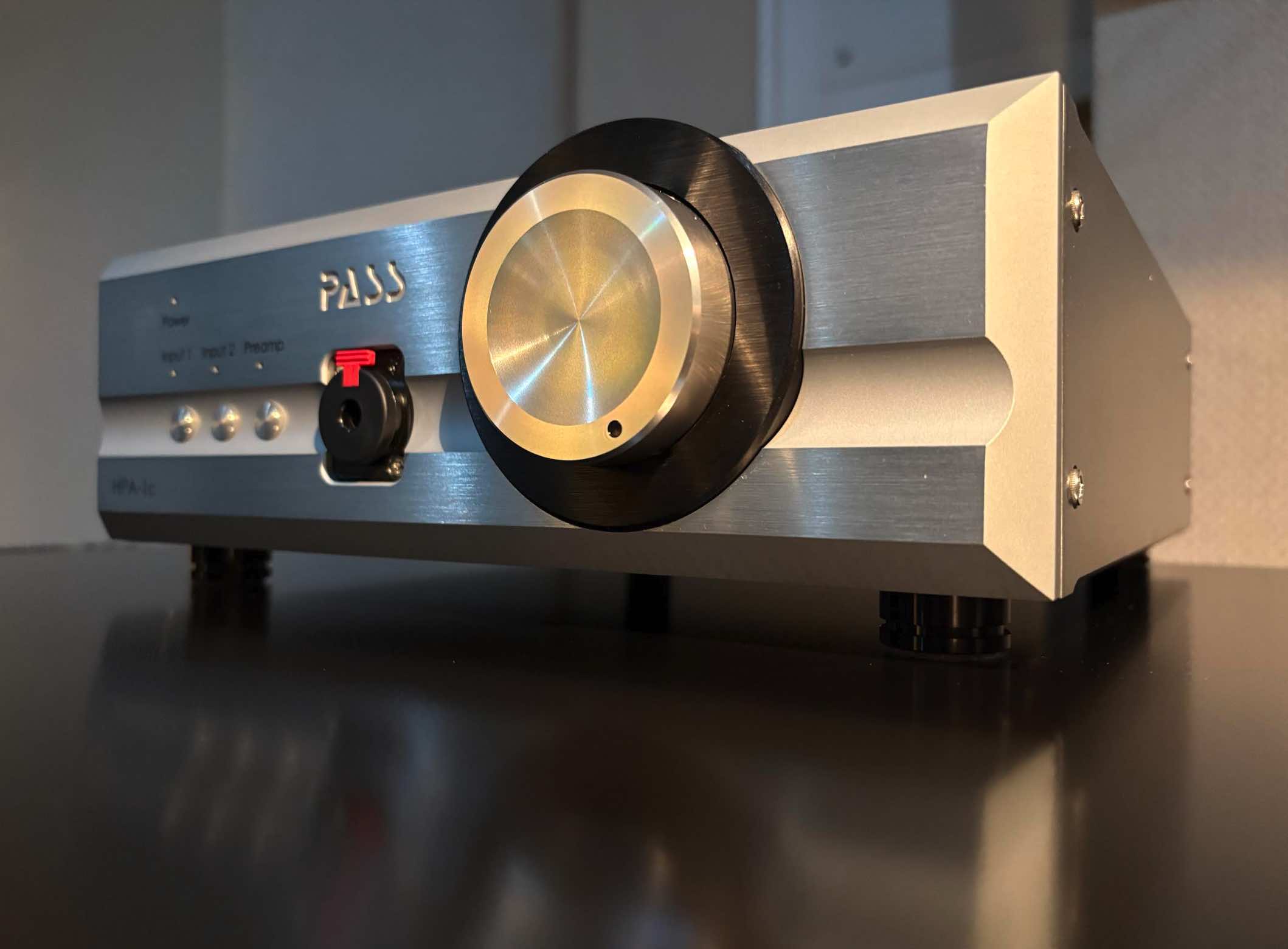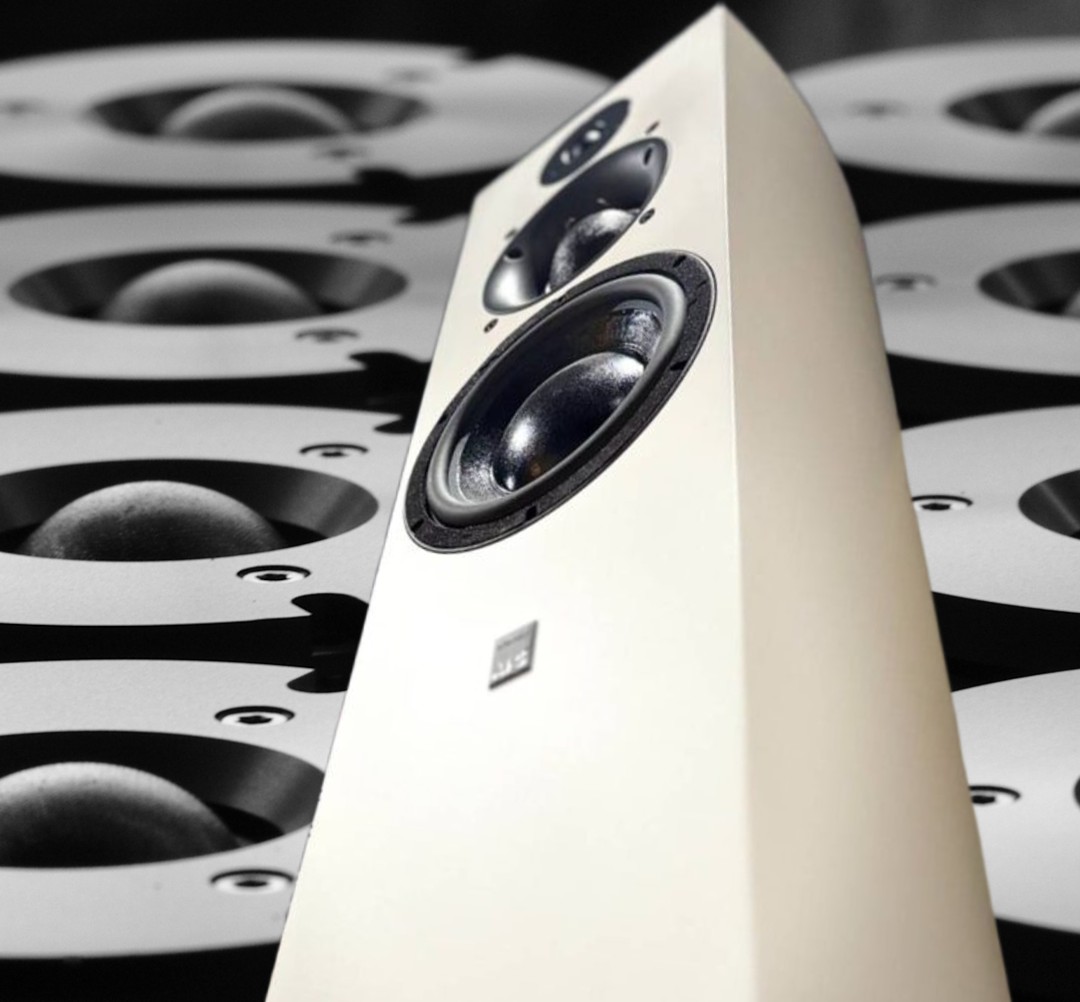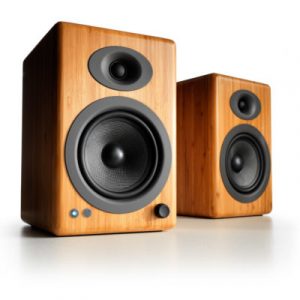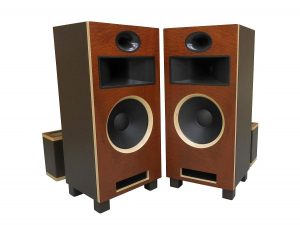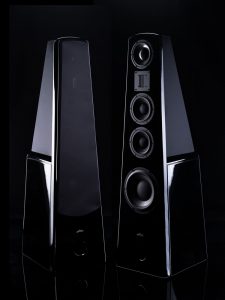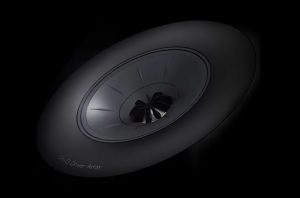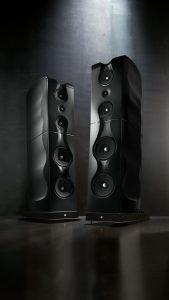The PS Audio Aspen FR10 Loudspeakers (photo courtesy of PS Audio)
The "P" in PS Audio, a leading manufacturer of high-end stereo equipment, Paul McGowan is renowned for his informative and easy-going newsletters and YouTube videos with over 185,000 subscribers. As a self-taught analog electronics engineer, he co-founded the company with Stan Warren in 1973, where he designed most of their analog products and stages, but shines brightest when he's "inventing, creating, communicating, and marketing." (LinkedIn). McGowan's pitches evoke President Roosevelt's "Fireside Chats," or a visit to a friendly professor's office. One of their latest creations is the aspen FR10, their $10,000 entry-level floor-standing loudspeaker.
"One of the reasons we were so excited to launch the aspen line of loudspeakers was a simple problem," he writes in a March 31 post entitled, Pleasure. "Over the past 50 years, we've never been able to recommend to customers an affordable speaker that meets all of our standards."
And what, exactly, are these standards? "Revealing, exciting, and pleasurable," McGowan says.
"No single affordable speaker could match all the parameters of what made music such a joy to listen to until Chris Brunhaver walked through the door and convinced us it was not only possible but that he could pull this rabbit out of the proverbial hat," he pitches.
A 20-year audio/visual industry veteran experienced in acoustics, design, project management, and business development, PS Audio's Senior Loudspeaker Design Engineer, Chris Brunhaver, graciously responded to queries regarding their exciting new aspen FR10 Loudspeaker.
On Chris Brunhaver's educational, career, and previous product design and development background (photo courtesy of LinkedIn):
"I grew up around the speaker and A/V business because my father had a small speaker manufacturing company in Seattle in the 1980s called Speakerlab, starting from when I was around 5 years old," Brunhaver wrote via email. "They made some of their own transducers, including work on planar magnetic ribbon speakers. I was a music performance student in college on double bass (AKA upright bass) and a had done some speaker design projects of my own as a teenager.
"My first job in the industry was for a kit speaker and subwoofer transducer design company called Adire Audio. After that, I worked for Bohlender Graeber (BG) in Carson City, Nevada for five years doing engineering and project management work. The founder of BG was the engineer for my dad's company (though he had since moved on to other companies (Wisdom Audio, at the time)). After that, I moved more into sales/account management in A/V for a time and did contract engineering in transducer design as a side job for a number of companies until I connected with Paul at PS Audio.
"I detailed a bit of this in an article here: https://www.psaudio.com/blogs/copper/attack-of-the-20-foot-tweeter
The sleek designer lines of the PS Audio Aspen line were masterminded by Ottawa, Ontario Canada's industrial design firm, Studio 63, who recently designed the chassis of their PS Audio AirLens Network Streamer released in 2023.
Which came first? The product design work by Studio 63 on the FR10 exterior, or your structural, driver, crossover, and internal engineering?
"The effort with Studio 63 was collaborative in that we constrained the industrial design work to have the cabinet volume and baffle width/shape that was appropriate for the system configurations that we wanted to pursue," Brunhaver continued. "Studio63 came up with the rounded base and 'floating' look, and some of the contouring around the woofer and a few cosmetic touches. The configuration/driver complement, and transducer designs were my work, and the internal engineering and enclosure design was a collaboration between myself and PS Audio Mechanical Engineer Chet Roe."
On the FR10's construction, start to finish, including materials and technologies used:
"Our core speaker technology is a planar magnetic hybrid system, where the midrange and tweeter transducers are a flat panel design, where a thin polymer diaphragm with etched aluminum traces is driven evenly across its surface using a symmetrical magnet structure of high-strength N52 magnets and perforated steel pole plates," he reported. "Corrugation, resistive cloth screens, and felt damping materials are employed for controlling the edge behavior and fundamental resonance. These drive units are mounted into molded rear chambers filled with specific damping materials for acoustic loading and absorption.
"The two 6.5" woofers use carbon fiber and PMI foam diaphragms, custom suspension, open cast frame and a unique split magnetic gap magnet structure for linear motor force versus excursion and dual copper Faraday rings for low distortion.
"There are three 6x9 racetrack-shaped passive radiators mounted to the rear of the enclosure that augment the low-frequency output of the system. They are a custom high compliance design using a flat diaphragm made from a thicker combination of what our woofer cones are made from (carbon fiber and PMI foam with an additional fiberglass backing) and mass loaded to tun the enclosure to just above 30Hz.
"The crossover network consists of a 4th order acoustic filter using premium components including all air-core coils, metalized polypropylene caps, and wire wound resistors. We are not using the separate conjugate networks to flatten the impedance curve on this model, but the impedance load is fairly benign, and the speakers are easy enough to drive. They have rather good bass extension for their size, but this meant trading off some sensitivity, so 100-watt or larger amplifiers will offer the best large-scale dynamics.
"The enclosure is constructed from a combination of MDF for the main body, but with a thermoset resin fiberglass composite front baffle. This material is the same density as aluminum, but has lower resonance and can be molded into complex shapes. The drive units are directly affixed to the rear of the front panel using co-molded brass inserts. It is mounted to the enclosure from the back of the box using very long shoulder screws aligned with plastic bushings routed into the enclosure. Everything is mounted to a heavy extruded and milled aluminum base and sits atop stainless steel, rubber, and aluminum feet."
How was the FR10 derived, and what are the common technologies it shares with its larger brothers, the FR30s and FR20s:
"They share the same technologies and construction techniques, but scaled down in size and performance to work with smaller rooms and smaller budgets. All models share the same tweeter design, and the FR10's 200mm planar midrange is a scaled-down version of the 250mm planar midrange used in the FR20 and FR30 models. When conceiving of the line, we decided to use multiple 8" woofers for our flagship models, and a 6.5" woofer platform for the smaller models. All models use passive radiators to tune and extend the bass, but the FR10 uses a different diaphragm material and mounting location for cost and cosmetic reasons. We are not lacquer-painting the passives on the FR10 to match the cabinet finish and so they are mounted on the rear of the enclosure rather than the sides to keep the clean and seamless look to the product."
The Aspen FR10s come in either Satin White or Black. It possesses three 6" x 9" oval, rear-firing passive bass radiators, a 2.5" planar magnetic with Teonex diaphragm high-frequency transducer, an 8" planar magnetic with Teonex diaphragm mid-frequency transducer, and two 6.5" low-frequency transducer woofers that feature a cast frame, non-woven carbon fiber PMI foam sandwich cone, and an advanced magnet structure.
Crossover frequencies are 550Hz, 1750Hz, Linkwitz-Riley 4th order acoustic. Sensitivity is rated at 86.5 dB (at 2.83 V at one meter), with a frequency response of 32Hz to 20kHz (-16dB) half space, and 25Hz (-6 dB) in-r0om. The recommended amplifier power is 50- to 125-watts. Dimensions are 41.5" H x 11.75" W with the base (8" width not including the base), and net weight is 75 lbs. (34.1 kg).
The Unboxing and Setup
Due to the weight, size, and manner in which they must be stood up during a multi-step removal process from their containers, unpacking the 75 lb. FR10 speakers is a two-person job. However, it is not difficult. Their shallow, stainless steel spikes can be removed if they will be seated on surfaces other than carpeting, and that's accomplished by inserting a tiny Allen wrench into a hole on the side of the spike and unscrewing it. Once removed, their soft rubber feet do a fine job of holding them in place, isolated from unnecessary vibrations.
My new listening and A/V space is located in the front half of the 32' x 22' open plan room in a finished basement with a painted exposed ceiling that's roughly 9' high and features a small ceiling cloud, acoustic absorption panels on the front wall, with another absorption panel at the first reflection points on the right side, and a curtain at the left, as well as a few bass traps. There are also two 20-amp and two 15-amp dedicated A/V circuits. A premium, thick 8' x 10' padded rug rests between the speakers, and the main listening position (a leather couch). You can read more about the design, layout, and finishing process HERE.
The FR10s are placed near the front of the listening space, roughly 11' 3" apart tweeter to tweeter, 12' to the listening position, with the left speaker 6' from the left side wall (there is a seven-foot wide egress to a stairwell on the far right, making the right side wall 14' away, whereas the majority of the right side wall has a similar spacing from the right speaker). The speakers' rears are 2' 6" from the front wall. I aimed the tweeters at points located on the outside of my shoulders. This placement was commensurate with the taped markings on my commercial vinyl planks where my reference speakers, the Usher ML-802 loudspeakers, sat (you can see my reference system by clicking on my byline at the beginning of this review).
After initial placement, I connected them to a pair of Straight Wire Crescendo 3 loudspeaker cables, turned on the Pass Labs X150.8 amplifier and XP-12 preamp, hit "Play" on my iPhone's Roon Labs controller app, and sweet music emerged!
"They sound really nice!" said Bob, a retired mechanical engineer and audiophile who'd helped unpack and set them up.
Experimenting with minor placement adjustments, I found the results even more gratifying.
Initial Impressions
From the get-go, the FR10s had a nice, detailed balance, but they didn't have quite the bass response and treble clarity of my larger and more expensive Usher ML-802s (my piano finish, Makassar wood veneered pair cost over $16,000). However, I was told to give them several hundred hours to settle in.
"Can we keep them?" my wife, Belle, asked upon seeing them for the first time. She was enamored with their sleek lines, and compact frame (she found them more aesthetically pleasing than my reference speakers that are more imposing at 10" taller and 53 lbs. heavier).
Be that as it may, for those who dispute the "burn-in" process in cabling and audio equipment, read the words of Straight Wire's president, Steven Hill:
"Just like for a speaker or preamp, the first time signal is running through, the inner insulation—or dielectric material on the conductors—stores and releases energy," he explains," it becomes stable anywhere from 20 to 50 hours based on materials and signal size and, as such, it is a one time process.
"In speakers and preamps—the capacitors have to store and release energy—they can take from 20 to 100 hours...(with the results being) sharper, more pristine high frequencies, more coherent lower midrange (sibilance on vocals and horns), and tighter, faster bass. The analogy that's easy to visualize is taking a heat gun or hair dryer to Saran or clear wrap," Hill offers. "It will shrink to a certain point and stabilize—then it won't shrink any more." (You can read more HERE)
And true to my experience when I swapped in new premium capacitors in several equipment mods, after sounding nice initially, the presentation briefly took a turn for the worse as the caps settled in; the FR10s didn't sound quite as well defined. However, after maybe 20 more hours of listening to music and watching high-definition TV and movies through them, that passed, and as the American reality singing competition show, The Voice, hit full stride, my wife and I were amazed at the detail in their highs, clarity through the midrange, and the surprising fullness and depth of their bass response. Voices were rich and natural, acoustic guitars well-articulated through their leading edges, transients, and decay, drum kits punchy and well-delineated, and the bass guitar deep and impressive. And while watching a movie, we were transplanted to a dance club with the throbbing thumps of electronic dance music!
Having several hundred hours of playing time did wonders in helping bridge the gap between the smaller, less expensive FR10s and the beefier ML-802s (which at 50" tall, 128 lbs. feature two 8" woofers—as opposed to the FR10's 6.5" woofers, a 5" midrange driver, and a tweeter). Whereas the latter dig a little deeper and are slightly more defined through the midrange and highs, the FR10s are very musical, disappear, and sound astoundingly large for their size! No doubt, the rear-firing passive radiating bass drivers add immensely to their soundstage's breadth, depth, and sense of oomph! They certainly do an admirable job of delivering the goods to our listening area (a loveseat, couch, and overstuffed chair) in the front half of our 32' x 22' family room.
Now, whether it's listening to vinyl, high-resolution streaming, digital file playback, or experiencing a movie or HD show through the FR10s, playback is excellent!
Could the FR10s benefit from a well-integrated subwoofer (or, better yet, a pair of subwoofers)? Sure, but so could my ML-802s with some recordings or special effects-laden movies. However, I never desired to turn on my subwoofer throughout their stay. Not once.
The Official Listening Session
PS Audio's own Octave Records kicks off the listening session with the warmth and vulnerability of Monica Maria Labonte's earthy folk-country soprano that contrasts with the harder-edged acoustic guitar, with its natural-sounding leading edges, transients, and decay in "Loving You" (Audiophile Masters Volume III. Recorded in DSD. 33 ⅓ RPM. Octave Records, 2022). Several measures later, the gilded edges of the slide guitar bring depth; its glowing and velvety midrange adds texture and warmth, an aural shawl that compels you to sit a spell, while the spare double bass keeps time for an intimate and compelling listen in this pristine recording.
Later on that same album, it's brief, but it's brilliant: the operatic soprano vocals of Duo Azure's Ekaterina Kotcherguina demonstrate remarkable range, warbling deeply one moment, then soaring to great heights the next in "Air Chates, No. 4" - Air Vif". Resounding in the space, her voice is accompanied by Dr. Jessica Nilles Kressin's scintillating piano pounding out a profound proliferation of notes with great deft and precision. And the FR10s render this live performance in the First Congregational Church UCC in Boulder, Colorado with startling clarity, balance, and a sense of the space. All tracks were recorded, mixed, and produced by PS Audio's Paul McGowan and Jessica Carson, and mastered by Gus Skinas. It's really quite impressive!
The aspen FR10s transport us to a jam session worthy of Chicago's best jazz clubs, entreating us with Jeff Hamilton's simmering shuffle on cymbal and snare, keeping time to the clean, warm strains of Anthony Wilson's frenetic and melodious hollow body guitar lead (coincidentally, Wilson has performed with acclaimed jazz artist, Diana Krall for years). Gerald Clayton's piano comps, then leads, in "The Lands" (Anthony Wilson. Hackensack West. 33 ⅓ RPM. Coherent Records. CR-AV-2301, March 15, 2024.) The weight, tone, and timbre of the piano's hammered strings in Clayton's hands are brilliant and, afterward, Hamilton explodes in a cacophonous effusion of cymbals, toms, snares, and bass drum. Bassist John Clayton is understated but has an acoustic presence holding down the lower end. It's a palpable, punchy, and percussive performance brimming with realism and delivered in a manner befitting the all-valve-based recording genius of master engineer Kevin Gray.
Intricate and frenetic finger-picked acoustic guitar sparkles and delights, providing a lovely counterpoint to the grit and raspy vocals of Tyler Thompson's vocals in the folky, alternative, coffee shop rock "Stone Tree" (Audiophile Masters Volume IV. Recorded in DSD. 33 1/3 RPM. Octave Records, 2022). A Meinl Cajun box drum (a compact, wooden box instrument that can substitute for a drum kit, and that the player sits on and strikes with their palms) joins in, with its thump organic, real, and resonant. Shortly after, a vibraphone sprinkles in, giving it The Lion King soundtrack vibe. And, lastly, the exotic Australian didgeridoo (a long, wooden tubelike, Aborigine instrument dating back 40,000 years that yields a deep, resonant, buzzing, droning sound) joins the fray. It's an eclectic, New Agey, World Music-type organic mix that the FR10s deliver with plenty of air, precision, and presence.
Jimmy Johnson's deep, dark, hard-edged electric bass ambles prodigiously for two measures. Then, a burst of drum strikes pans left to right across toms, snare, and crash cymbal by L.A. sessions man, Chad Wackerman (Chad Wackerman, Forty Reasons. Qobuz FLAC 44.1kHz, 16-bit. CMP Records, 1991). With his kick drum counterpoints, Jim Cox's keyboard, and Allan Holdsworth's fade-in guitar comps, it's a transfixing listen.
Suddenly, Cox's keys explode in a flurry of notes, while Wackerman's toms, cymbals, and kick drum sound balanced and amazingly good. Leading into the second verse, the keys set the stage for the mercurial solo of guitar synth guru, Allan Holdsworth, which starts slowly but builds into an unsettling, but brilliant frenetic fusillade. All the while, the bass, toms, snare, and bass drum keep the vibe slamming.
Holdsworth uncorks a circumspect, slow-brewing solo with hints of John Coltrane's mathematical approach, building into a percussive inferno packed with reverb, power, and slam.
And, like a thunderstorm passing, Jim Cox's keyboards play out a melodic and mournful denouement, undergirded by Wackerman's counterpoint and Johnson's heavy-footed walking bass. It's a visceral aural treat, and the FR10s deliver it, textures, nuance, and all—with precision and punch.
In Conclusion
The PS Audio aspen FR10 loudspeaker is a great-looking and serious audiophile speaker, capable of delivering wonderfully immersive aural experiences. Whether you're into vinyl, streaming, digital file playback, or enjoying an HD show or movie over your HiFi system, the FR10s render it wondrously. They are very interior design friendly; unimposing in size, their sleek, contemporary lines fit nicely in homes with discerning tastes. Bottom line, if you have a budget for $10,000 speakers, the FR10s may be just for you!
As such, I highly recommend the PS Audio aspen FR10 loudspeakers for your consideration.
PS Audio aspen FR10 Loudspeakers
Retail: $9999 (per pair)
PS Audio




